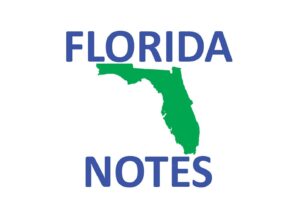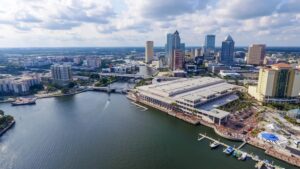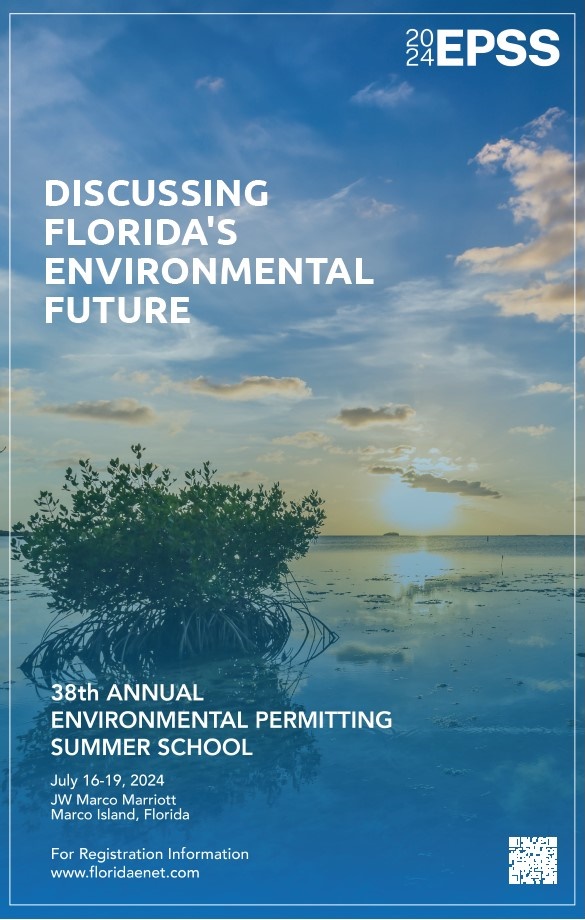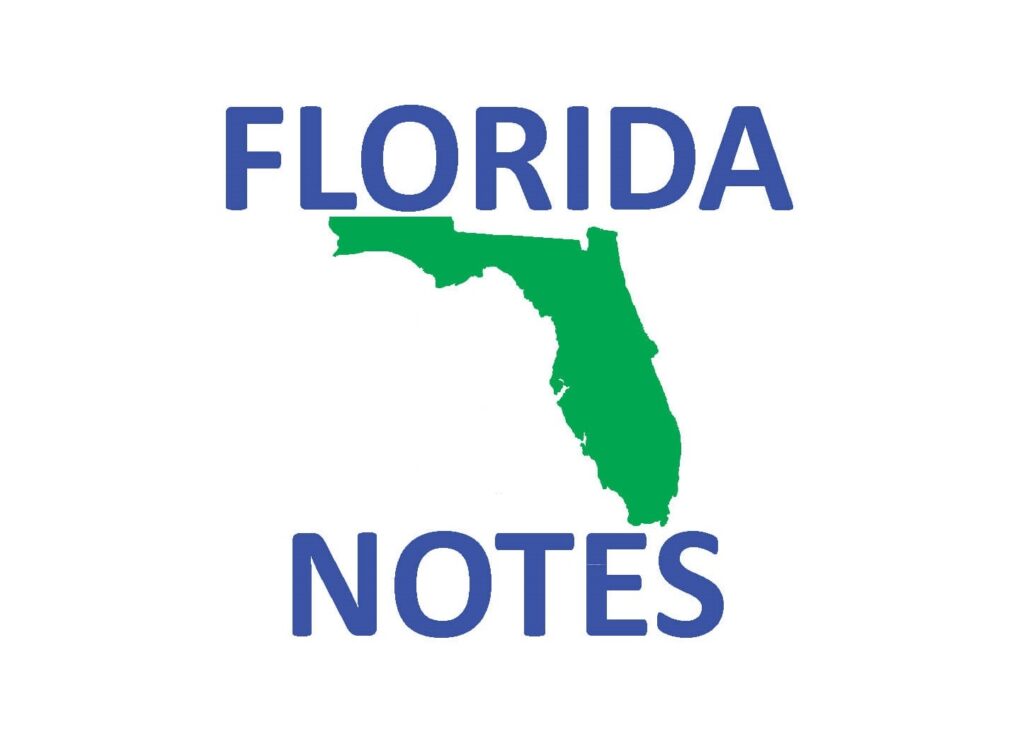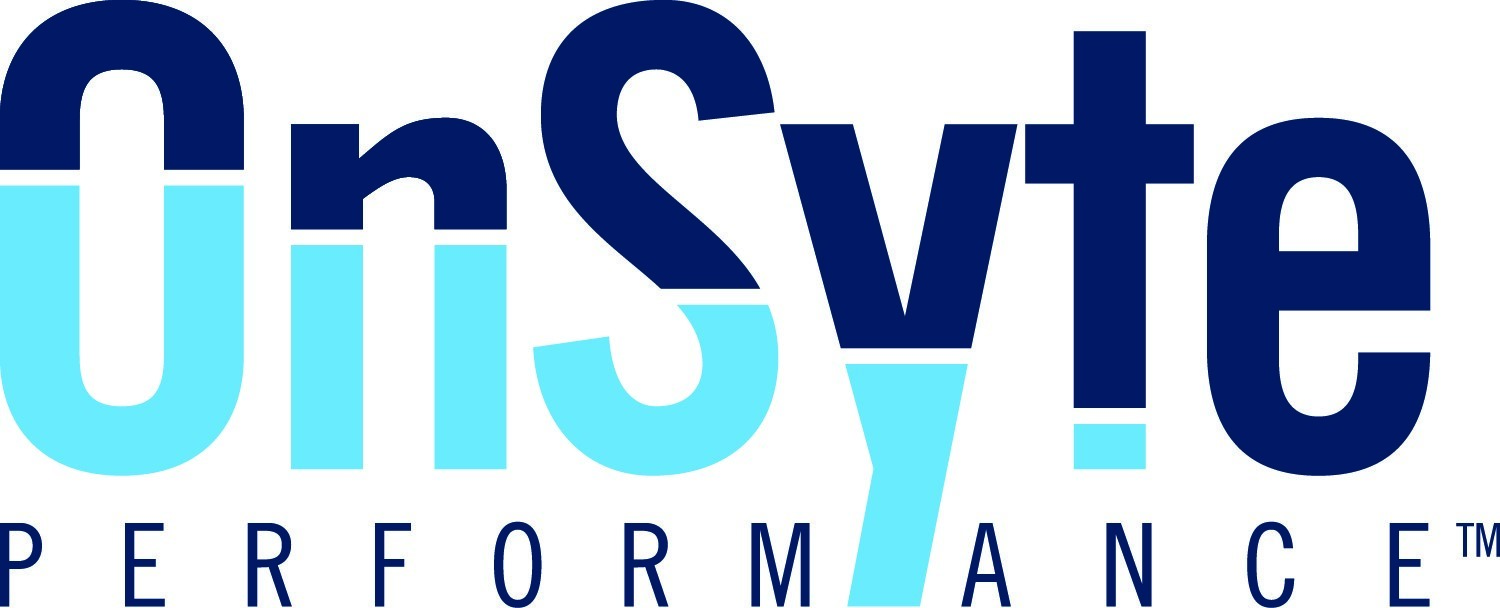BY BLANCHE HARDY
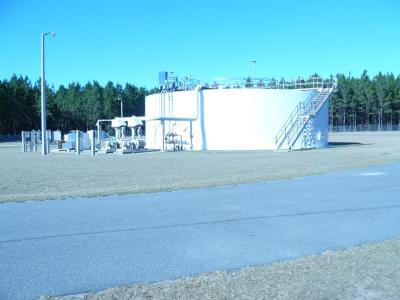
Utility bills are going up in Florida. Power and gas rate increases are typically regional news, but municipal utilities such as potable water, wastewater, and reclaimed water are typically local news. However, the news is scattered with examples of Florida local governments seeking to increase rates as 2024 carries on.
Public Utility financial consultants Raftelis completed a Florida Water And Wastewater Rate Survey of 149 Florida utilities in 2022. The average monthly water bill for 4,000 gallons (typical residence benchmark) and 8,000 gallons (large use benchmark) increased annually from 2014 to 2022 by 2.3percent and 2.4 percent respectively. The average monthly wastewater bill for 4,000 gallons increased by 2.4 percent annually, and the 8,000-gallon bill increased by 2.7 percent annually from 2014.
The reasons for municipal utility increases are varied, but all the providers are dealing with inflation and the rising cost of services and materials, whether attempting to build new facilities or maintaining aging infrastructure.
The City of High Springs Spokesman Kevin Mangan said the city’s most recent increase occurred in December 2023. High Springs does an annual rate adjustment tied to the US Bureau of Labor Statistics Consumer Price Index (CPI). The CPI for the 12 months of 2023 was 2.8 percent.
“The increase was largely driven by inflation and increased insurance costs,” Mangan said
Florida’s population growth and the need to expand services is also driving utility rate increases.
Fort Lauderdale recently announced to its customers that starting on October 1, 2023, for Fiscal Year 2023-24, a series of incremental increases will be initiated to support the construction of the Prospect Lake Clean Water Center to replace an older diminishing facility. In Fiscal year 2023-24, the combined water and wastewater rates elevated by 4 percent, to be followed by an additional 14.4 percent increase in Fiscal year 2024-25. The subsequent years will see more modest adjustments, with a 9 percent increase in FY 2025-26 and 6.7 percent increase in FY 2026-27.
The City of Palm Coast’s utility department also determined the city needs to raise utility rates and development impact fees to keep up with growing water and wastewater demands. The city plans to complete expansion of both their water and wastewater plants. A rate study conducted on behalf of the city suggested the city increase utility rates by 18 percent.
Lee County Water Supply Corporation, along with Befco Engineering and NewGen Strategies & Solutions, studied the past, present and future growth of its system over the past year. Due to rising costs and population growth in the service area, improvements are needed. Yet, the county has held rates steady since 2011. The new rates are spread across all services from the cost for installation of new services to incremental progressive billing.
Replacement and repair of failing infrastructure is another frequently highlighted issue requiring the pursuit of additional funding.
Winter Springs approved a series of rate increases beginning with an 18.6 percent rate increase totaling roughly $11 per month in January. Incremental increases will take place until 2029. The rate increases are anticipated to generate more than $115 million that will be used to replace the city’s aging wastewater plants and infrastructure.
Citing the need to replace aging infrastructure and cost increases due to inflation, the City of St. Petersburg approved a rate increase that added 4 to 8.5 percent to monthly bills. The city is still addressing a ruptured pipeline in Riviera Bay that discharged over 10.5 thousand gallons of sewage into Tampa Bay. The pipe replacement is underway at a cost of $3.5 million.


